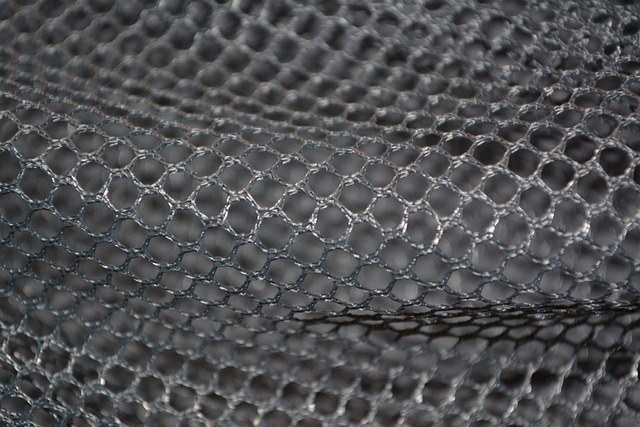
Many people want to design a website, but don’t know how. Are you wanting to profit from your site or just design a nice site? Use the information here to learn what is involved with a successful website.
A successful website needs to work for visitors using any browser, so it is important to test your web pages to make sure they display properly in different browsers. A page that works well in Firefox may display improperly in Safari, Internet Explorer or Chrome. Go through every page with each browser and correct mistakes for a user-friendly website.
Make sure your visitors can search for content on your website. When a visitor wants to find something specifically, they will immediately look for the search tool. If you don’t get one of these, they may move to a site that has something like that. Most people look for search forms in the top right so that’s where you should put it.
Keep your page sizes to a minimum. Mobile users have no interest in pages which take forever to load. You don’t want people to have to abandon your site because the pages won’t load.
Set up your site so that visitors can cancel actions they initiate if they change their minds. An action can involve filling out forms, registering for email notifications or newsletters, or browsing the site for various topics or archives. If your visitors feel forced into completing something they no longer want, it may leave a bad taste. They will probably avoid visiting your site in the future.
Pay attention to your background. Some sites have moving GIF backgrounds, which can be great at times, but can make your text difficult to read at other times. Select a wallpaper complementary to the rest of your design, so that your users will be able to negotiate the site more easily.
Keep each different topic separated. If you’ve got a few discussions going, put each on its own page. This helps alleviate any confusion that your customers may experience, as well as giving search engines a broader and more clear view of your site, potentially bumping you up higher in their rankings.
You should always make sure to implement a way that users can submit feedback to you about your website. This way, you will know what you’re doing right and wrong and you can fix any problems that your visitors are coming across so others don’t have to deal with the same issues. This lets your visitors feel like they are actively involved in your site and will want to visit again.
Alt Tags
As you add images, use ALT tags. This allows everyone to gain access to the intended information. If you use images as links, the ALT tags will give you a way to describe the links’ behaviors. And most importantly, search engine bots need to see the descriptions through ALT tags in order to help your search engine ranking.
White can be a highly effective color for your background. White backgrounds make copy much more easily readable and give your site a more mature look. Complicated background designs on the other hand can be distracting, and can make your website feel less professional. Make your background as simple as possible.
Think about your user at all times. The focus of the end user should always be at the forefront of the designer’s mind. It’s important to consider accessibility, usability, user interaction and user experience. These are really important to think about when working on a website. Look at the site through the eyes of a user as you design.
Meta Tags
Include strong meta-tags on every page of your site, if you want to get more visitors to your site. Properly used meta tags make it easier for search engines to classify your site correctly. Non descriptive or inaccurate meta tags will result in low visibility for your website.
Try and write a decent “About Us” page. A lot of websites offer nothing of substance in this area, and some even leave this page empty. Make yours exciting! Get a little personal with this information by describing how you got started with web page design, who your family members are, and what your business goals are.
When putting together the pages of a new website, resist the feeling that you have to take advantage of every single bit of available space. Making use of all the pixels and space makes the site look cluttered and feel overwhelming. Try to create a good amount of space within your site’s content, this allows your visitors to clearly see the page and give them a much better viewing experience. It can actually work to your benefit if you allow some space to be left uninhabited.
Hopefully, you know understand more about website design. If you make use of your new knowledge, great sites lay ahead for you.